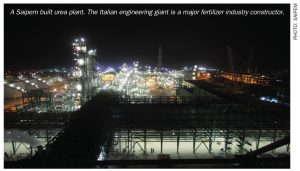
Sonatrach awards Saipem phosphate project FEED contract
Italy’s Saipem has won a front-end engineering design (FEED) contract from Sonatrach for an integrated phosphate fertilizer project in Algeria.

Italy’s Saipem has won a front-end engineering design (FEED) contract from Sonatrach for an integrated phosphate fertilizer project in Algeria.
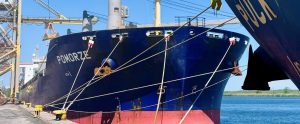
Grupa Azoty Police has successfully loaded a 36,640 tonne fertilizer consignment at its seaport for transport to South America. The historic shipment marks the first of its kind, in terms of its scale and the history of the company’s Police production plant, Grupa Azoty said.
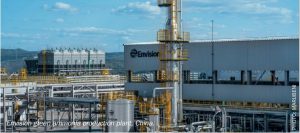
Japan’s Marubeni Corporation has secured a long-term offtake agreement from Envision Energy for green ammonia from Inner Mongolia.
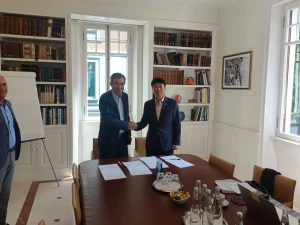
Casale has signed a process design package (PDP) contract with Daewoo Engineering & Construction Co for two new fertilizer plants.
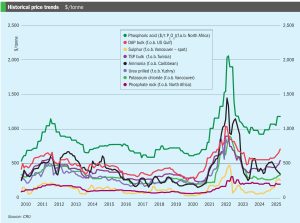
Price trends and the market outlook, 19th June 2025

In this CRU Insight, Anthony Rizzo explains why market participants should expect an uneven global demand picture in 2026 and highlights regional variations.

OCP Group subsidiary OCP Nutricrops has announced a major investment to expand its phosphate fertilizer production capacity by nine million tonnes by 2028.

CF Industries is planning to construct the world’s largest low-carbon ammonia plant in Louisiana as part of a joint venture (JV) with Jera and Mitsui.
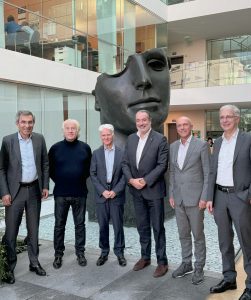
ATOME has signed a definitive engineering, procurement and construction (EPC) contract with Casale for its Villeta project in Paraguay.

President Donald Trump delayed his ‘liberation day” tariffs by three months on 9th April, while simultaneously ramping up levies on China.